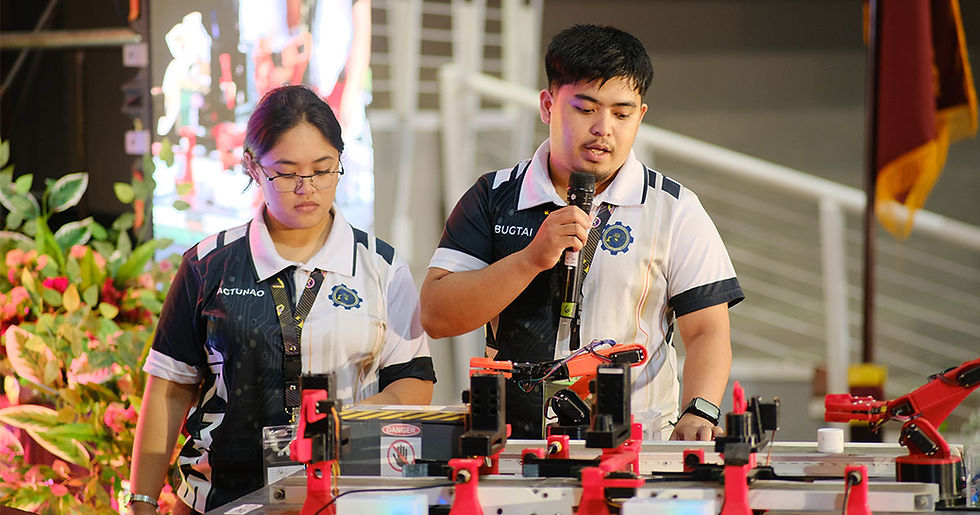Designing 3D Printable Medical Devices
- Field Ready

- Sep 29, 2016
- 2 min read
Field Ready has been working with World Vision to start developing a catalogue of 3D printable medical items that can be made in Health Posts, clinics and hospitals. The items being developed will support World Visions’ program to distribute medical equipment to Health Posts damaged in the Nepal earthquake.

We are developing a number of items, including everyday tweezers, Cheatle forceps, kidney trays, a fetoscope, an otoscope, a stethoscope, a glove hook, a wrist brace and a sharps box.
One of our main concerns is ensuring that our items are at least as good if not better than existing items on the market. One of the benefits of 3D printing is Field Ready can work closely with both hospital staff and medical equipment specialists to test and iterate designs.
Through this process, we made some interesting discoveries, and would like to share a few gems:
Doctors were experiencing frustrations with many of the standard designs of fetoscope, as they are too short. Field Ready was able to develop a longer version that is easier to use.

Field Ready has been working with and testing the stethoscope developed by GliaX for doctors on the Gaza strip. The device has generally received excellent feedback for its ability to pick up sound, but the quality of the stethoscope varies greatly depending on the silicon tubing selected. The design requires that the 3D printed parts are connected together with silicon tubing. The right kind of tubing, however, is very hard to come by in Kathmandu – hence, we are working hard on a more ‘field ready’ solution.


Kidney trays have some unusual user requirements that do not fit well with the usual manufacturing process. Kidney trays are usually made from forming stainless steel sheet, or injection moulded from plastic. The design we are working on is for Health Posts, where they are used by medical practitioners to hold tweezers and forceps close to a patient’s face (the kidney shape helps the tray fit easily against the patient’s neck). The inner surface of the tray needs a smooth, gradual curve such that medical tools can quickly and easily be scooped out of the tray, but this curve means that the tray is unstable when placed on a flat surface. With a 3D printer, it is easy to produce a shape with a smooth inner curve and a wide, flat base – design requirements that cannot easily be achieved with sheet metal forming or injection moulding.

_edited.png)




Comments